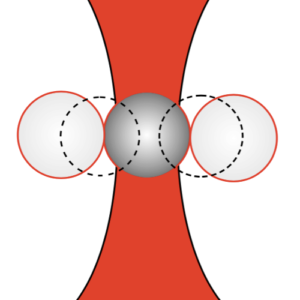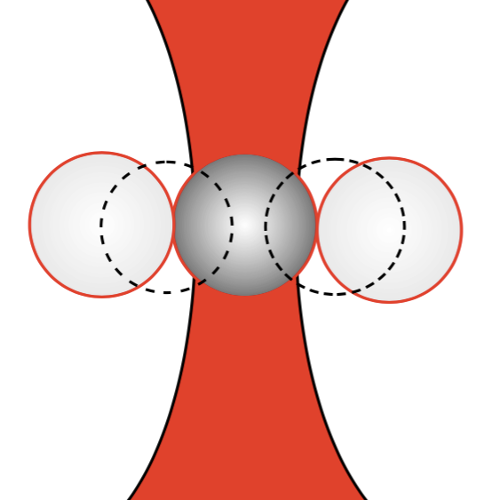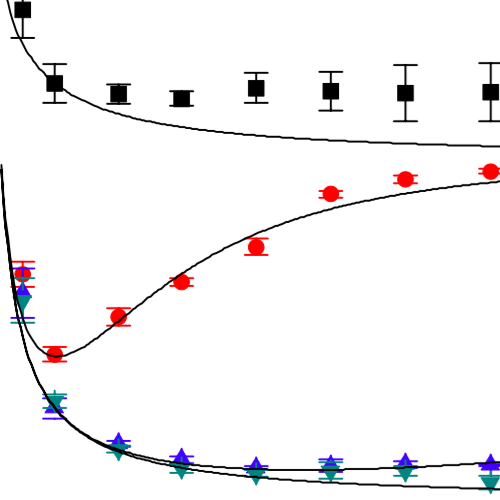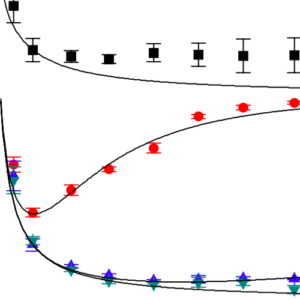
10-fold detection range increase in quadrant-photodiode position sensing for photonic force microscope
Sandro Perrone, Giovanni Volpe & Dmitri Petrov
Review of Scientific Instruments 79(10), 106101 (2008)
DOI: 10.1063/1.2993177
We propose a technique that permits one to increase by one order of magnitude the detectionrange of position sensing for the photonic force microscope with quadrant photodetectors(QPDs). This technique takes advantage of the unavoidable cross-talk between output signals of the QPD and does not assume that the output signals are linear in the probe displacement. We demonstrate the increase in the detection range from 150 to 1400 nm for a trapped polystyrene sphere with radius of 300 nm as probe.


